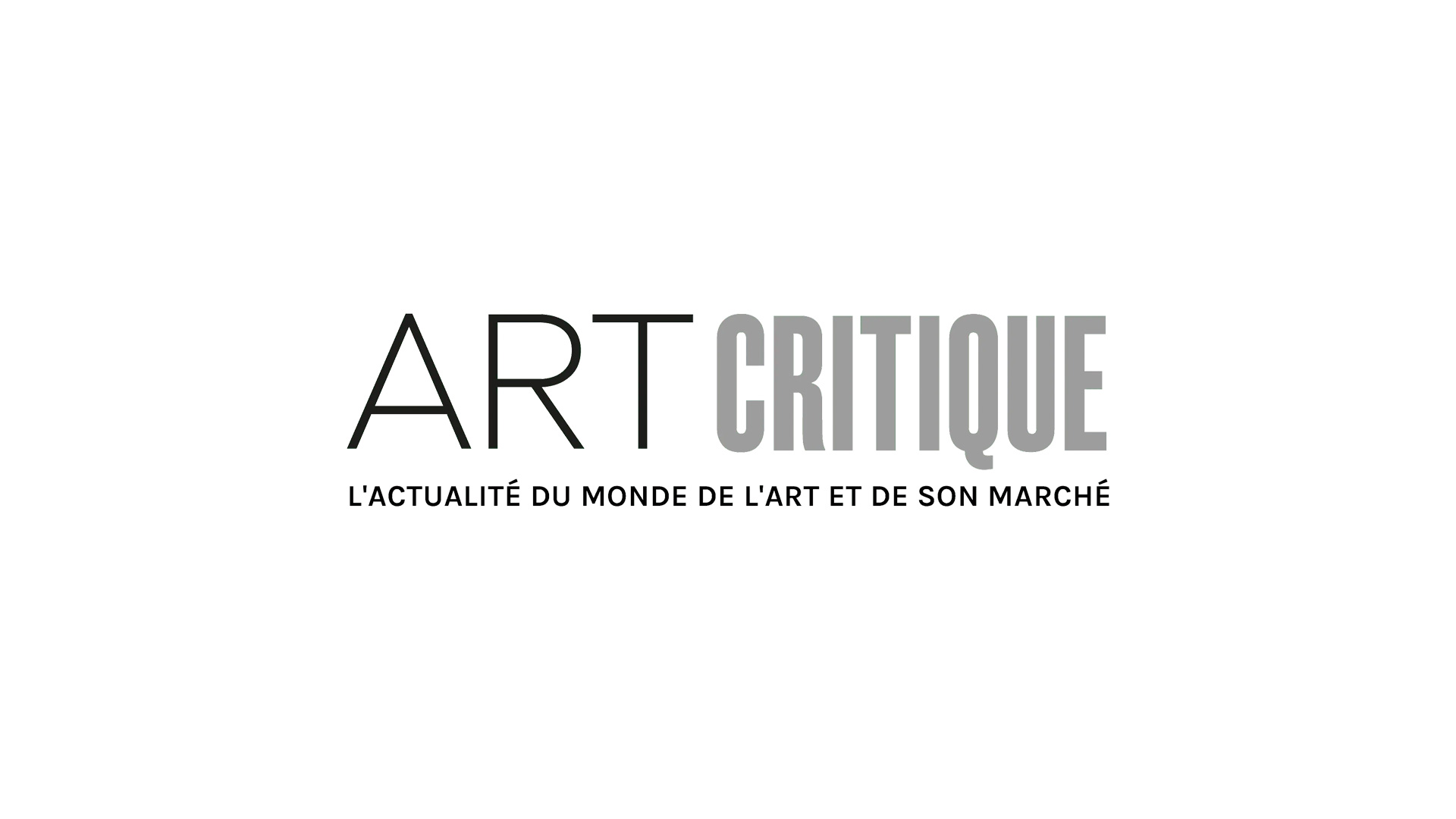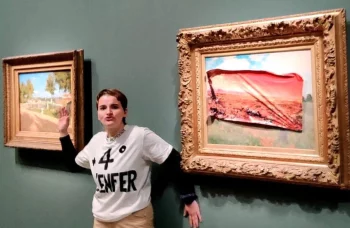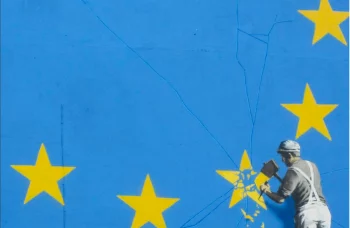Unfortunately, there is no safeguarding the artistic icons of our planet from accidents or human malice, no matter the stature. A fire occurring on October 3rd has resulted in what has been described as “irreparable damage” to the moai statues of Easter Island. While none seem to have been destroyed in the blaze, the incident has certainly left its mark on the faces of some—with more damage than the eye can see.
The wildfire began near the island’s Rano Raraku volcano before spreading down to the surrounding areas. The fire ended up covering 148 acres of land (approximately 148 football fields worth of space to contextualize), charring much of the island’s face and endangering the Unesco World Heritage Site the moai are situated upon. While the area has been cordoned off and is still being inspected for the extent of the damage, it is apparently believed that this may well be a purposeful act of arson.
Though at first glance the damage to the moai appear to be surface level through charring and accumulation of soot, experts say it could be much worse than it seems for the iconic statues. With their exposure to such high heat, it is likely that there could’ve formed cracks on their interior from the temperature change. This would severely endanger the stability of the moai with little to be done to rectify it.
The moai, often referred to as the Easter Island heads, were created by the indigenous Polynesian tribe of the Rapa Nui over five centuries ago. While their purpose was unknown to modern historians for many years, it is now believed that they were created and positioned in relation to the presence of freshwater springs across the island. Standing as high as ten metres tall—with unfinished ones that aimed to be twice as tall—these strikingly stoic figures represent deified ancestors of the Rapa Nui and, despite many only being aware of the heads, represent whole bodies created from solidified volcanic ash.
Time will tell what the extent of the damages will be to the moai. We’ve certainly seen miracles happen through concerted effort and funding from the world to maintain global historical sites in the wake of disasters. What also remains is whether this action was intentional, and if so, to what aim.





